Healthy soil can have thousands of species of bacteria within it, many of which have not even been identified. Soil contains many other types of organisms, including, nematodes, microarthropods and fungi. They play critical roles in the soil food web of life and help make food in the soil available to plants so they can grow healthy.
Healthy soil holds far more water than dirt and can provide all the food plants need so you don't have to apply fertilizers or pesticides.
The best way to assess the health of soil is to look at it - under a microscope. Something we have done but have found minimal life in our soil.
In order to provide a baseline for experimentation at our ecological design education and demonstration site we are going to send soil samples to multiple sources for nutrient level analysis. This is the area around our cob cabin where we have the food forest.
We have chosen the following labs based on recommendations and price:
Logan Labs - http://www.loganlabs.com/testing-services.html
UMassAmherst - http://soiltest.umass.edu/services
Texas A&M - http://soiltesting.tamu.edu/webpages/forms.html
Some of the things they will test for include:
pH
Organic Matter
Total Exchange Capacity
Sulfur
Phosphorous
Calcium
Magnesium
Potassium
Sodium
Boron
Iron
Manganese
Copper
Zinc
Aluminum
Lead
% Base Saturation Ca, Mg, K, Na
How to collect a sample:
- Use a spade, soil auger or soil sampling tube.
- Clear litter from the surface (do not remove decomposed black material).
- When using a soil auger or sampling tool, make the core or boring 6 inches
deep into the soil (3 to 4 inches deep for permanent sod)
- When using a spade:
- Dig a V-shaped hole and take a 1 inch slice from the smooth side of the hole.
- Take a 1 x 1 inch core from the center of the shovel slice
- Repeat in 10 to 15 different places. Put in a clean plastic bucket or other non-metallic container, thoroughly mix and remove a pint (or more if additional tests are desired) as a composite sample representing the whole field or area.
- Completely fill soil sample bag or othersuitable pint container. Do not use old vegetable cans, tobacco cans, match boxes, glass containers, etc. to submit samples. If more than one sample bag is used, label bags as 1 of 2, 2 of 2, etc.
Hopefully our results will come in soon! We will post them in a blog.
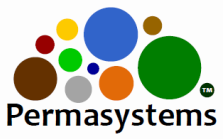
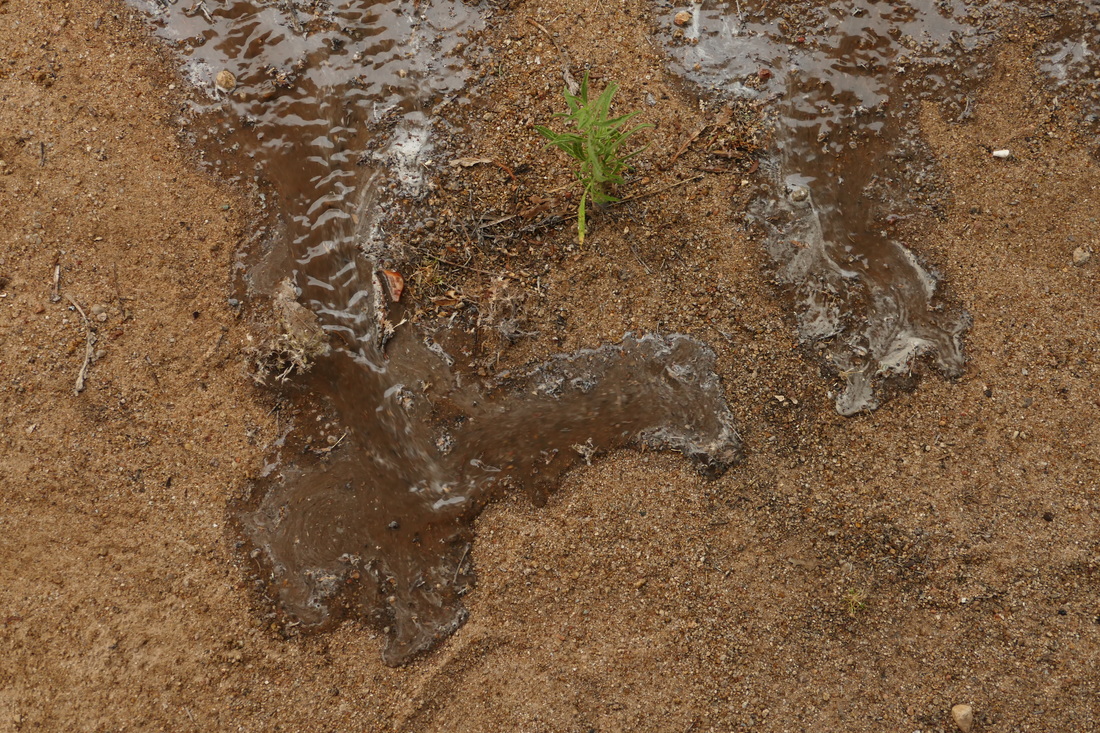
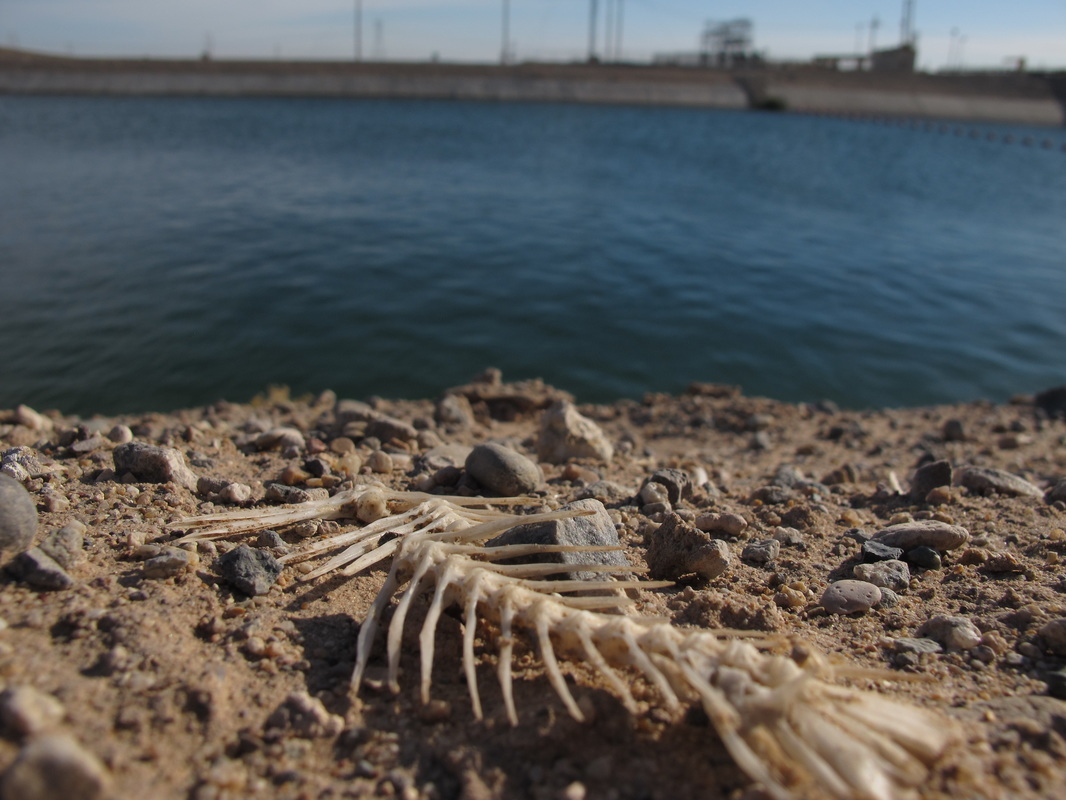
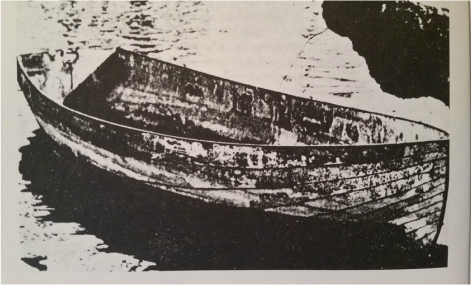
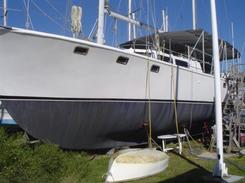
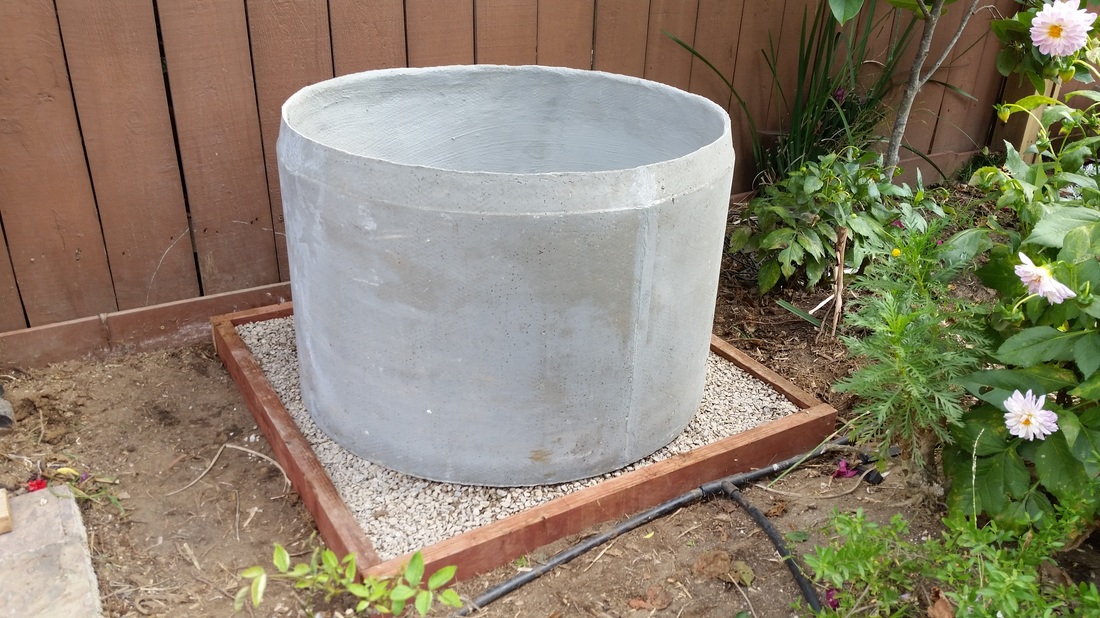



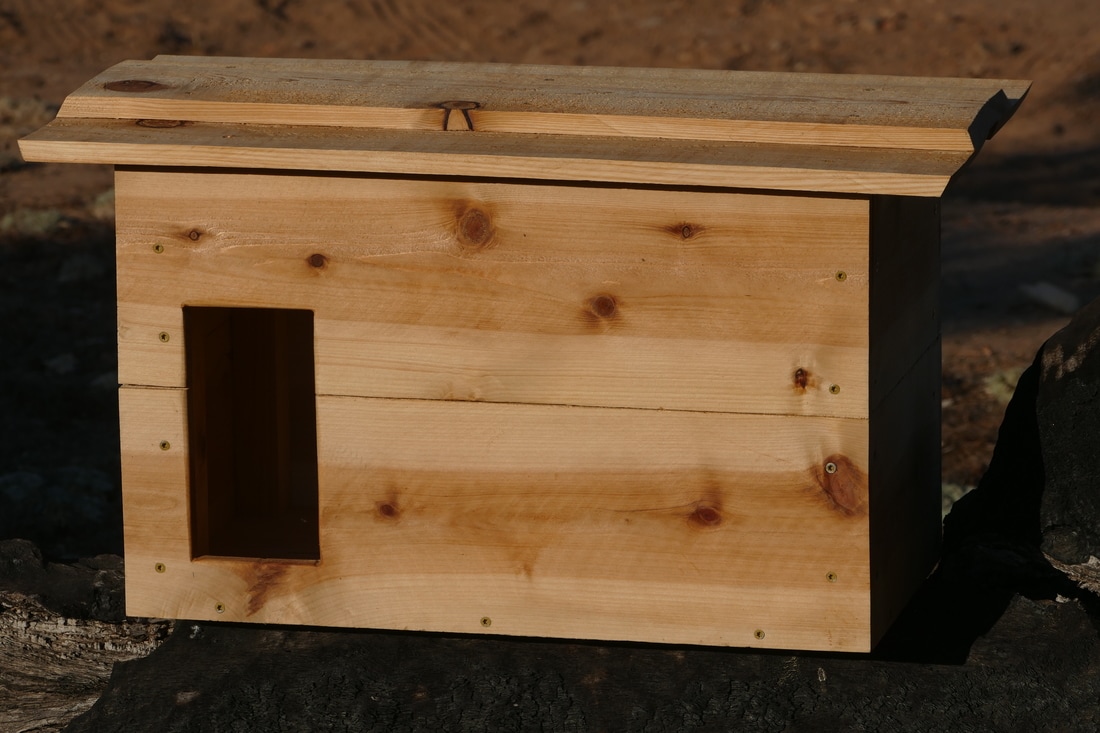
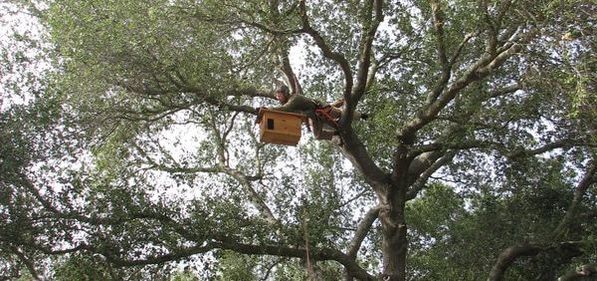
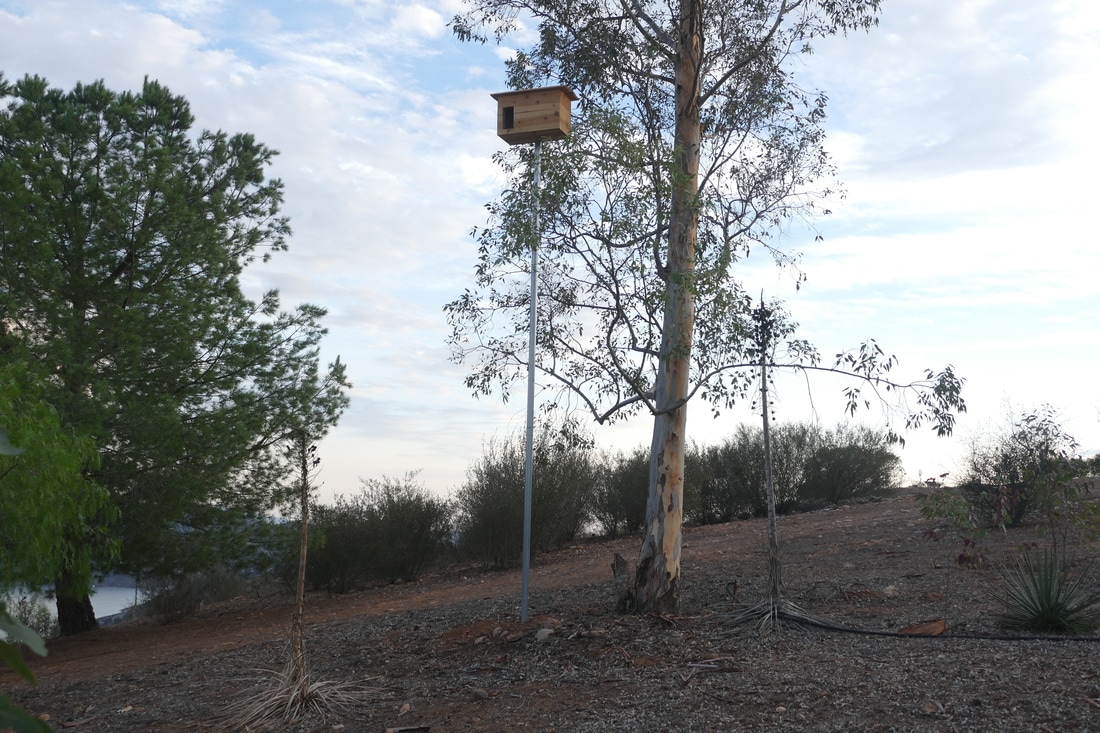

 RSS Feed
RSS Feed